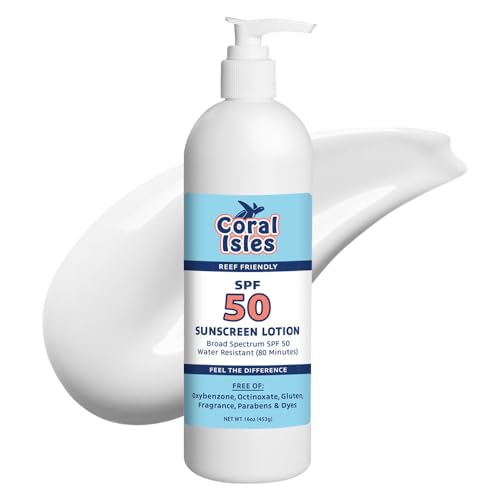If possible, you might try letting your new saltwater mixture circulate and age for at least 24 hours... 48 hours is even better. Another possible reason it is testing at 7.6 is because the the RO/DI water is so low (likely below pH 7 as Boomer mentioned earlier) from the get-go. Even the best salt out there will not raise the pH up to 8.0 - 8.2 in the matter of just a couple of hours.
This is why Bob Fenner, Anthony Calfo and several other notable authors suggest trying to let the new mixture of sw age for a full week if possible... it allows time for things to equalize as much as possible. As Boomer eluded to, fresh RO/DI water absorbs a great deal of CO2 when first exposed to atmosphere. It takes time for the salt to fully dissolve and for the excess CO2 to eventually off-gas from the solution.
Of course, as mentioned earlier, if CO2 levels in your house are very high, then your fighting an uphill battle. Did you try one glass of water inside and one outside, aerated and using the pH color fluid like Boomer suggested? If so, what were your results?
-Jimbob
























































![Right Angle Clamp, Housolution [4 PACK] Single Handle 90° Aluminum Alloy Corner Clamp, Right Angle Clip Clamp Tool Woodworking Photo Frame Vise Holder with Adjustable Swing Jaw - Orange](https://m.media-amazon.com/images/I/51mjzFe3pQL._SL500_.jpg)








